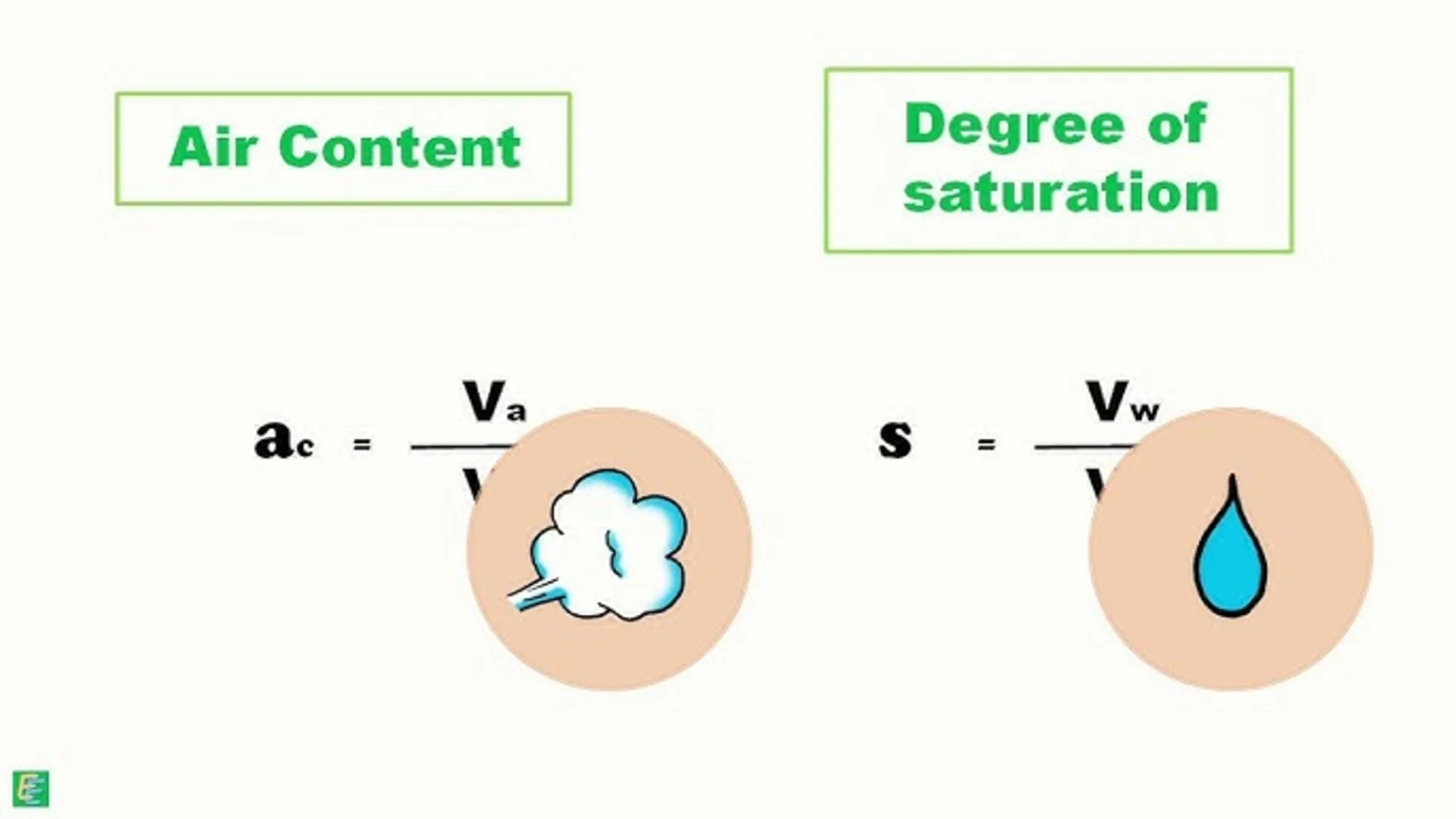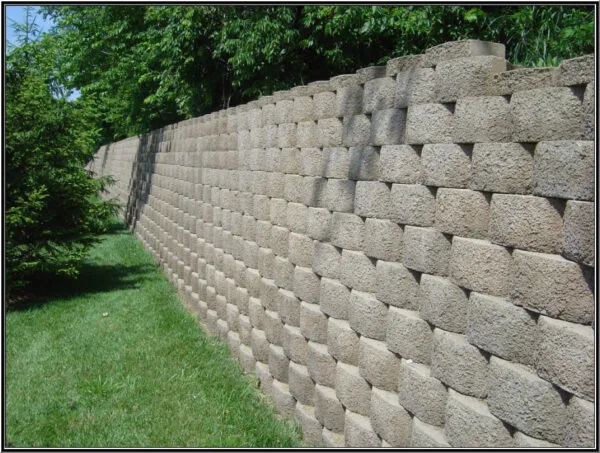In civil engineering, understanding the concept of degree of saturation is crucial for various applications, such as soil mechanics, groundwater management, and construction materials. This article aims to provide a comprehensive overview of degree of saturation, its calculation, and its significance in civil engineering projects.
What is Saturation in Chemistry?
Saturation is a state in which a solution cannot dissolve any more solute at a given temperature and pressure. In other words, it is the point at which the solution reaches its maximum capacity to hold a specific substance. Saturation is a fundamental concept in chemistry that plays a vital role in various civil engineering applications.
Degree of Saturation
Degree of saturation is a crucial concept in civil engineering, particularly in geotechnical engineering and soil mechanics. It is a measure of the extent to which the voids in a soil sample are filled with water.

Definition
The degree of saturation (S) is defined as the ratio of the volume of water present in a soil sample to the total volume of voids in the sample. It is expressed as a percentage and ranges from 0% (completely dry soil) to 100% (fully saturated soil).
Degree of Saturation formula
The degree of saturation formula is used to quantify the extent to which a solution is saturated. It is expressed as the ratio of the actual amount of solute dissolved in a solution to the maximum amount of solute that can be dissolved at a given temperature and pressure. The formula is as follows:
Degree of Saturation (%) = (Amount of solute dissolved / Maximum amount of solute that can be dissolved) × 100
Degree of Saturation (S) = (Vw / Vv) × 100
Where:
S = Degree of saturation (%)
Vw = Volume of water in the soil sample
Vv = Volume of voids in the soil sample
To determine the volume of water and voids in a soil sample, the following formulas can be used:
Volume of water (Vw) = (Mw) / (ρw)
Mw = Mass of water in the soil sample
ρw = Density of water
Volume of voids (Vv) = (VT) – (Vs)
VT = Total volume of the soil sample
Vs = Volume of solid particles in the soil sample
The volume of solid particles (Vs) can be calculated using the following formula:
Vs = (Ms) / (ρs)
Ms = Mass of solid particles in the soil sample
ρs = Density of solid particles
By determining the volume of water and voids in a soil sample, civil engineers can calculate the degree of saturation and assess the soil’s properties and behavior, such as its shear strength, compressibility, and hydraulic conductivity.
Saturation Point in Solutions
The saturation point is the specific concentration at which a solution becomes saturated. At this point, any additional solute added to the solution will not dissolve and will remain in its solid form. Understanding the saturation point is essential for managing the properties of various solutions used in civil engineering projects.
Understanding Saturated Solutions
A saturated solution is a solution that contains the maximum amount of solute that can be dissolved at a given temperature and pressure. In civil engineering, saturated solutions are often encountered in soil mechanics, where the degree of saturation affects the soil’s behavior, such as its shear strength and compressibility.
Difference Between Saturated and Unsaturated
An unsaturated solution is a solution that contains less solute than the maximum amount that can be dissolved at a given temperature and pressure. The main difference between saturated and unsaturated solutions lies in their capacity to dissolve additional solute. Unsaturated solutions have the potential to dissolve more solute, while saturated solutions cannot.
Measuring Saturation in Liquids
Measuring saturation in liquids is essential for various civil engineering applications, such as groundwater management and water treatment. Several methods can be used to measure saturation, including gravimetric analysis, volumetric analysis, and spectroscopic techniques.
Solubility and Saturation Relationship
Solubility is the maximum amount of solute that can be dissolved in a specific amount of solvent at a given temperature and pressure. The relationship between solubility and saturation is crucial for understanding the behavior of various solutions in civil engineering projects.
Supersaturated Solutions Explained
A supersaturated solution is a solution that contains more solute than the maximum amount that can be dissolved at a given temperature and pressure. Supersaturated solutions are metastable and can quickly crystallize if disturbed. In civil engineering, supersaturated solutions are sometimes used to control the properties of various materials.
Applications of Saturation in Real Life
The concept of saturation has numerous applications in civil engineering, including:
Soil mechanics: Determining the degree of saturation in soil is essential for assessing its shear strength, compressibility, and hydraulic conductivity.
Groundwater management: Understanding saturation levels in aquifers is crucial for managing groundwater resources and preventing contamination.
Construction materials: Controlling the degree of saturation in materials such as concrete and mortar is essential for achieving desired properties, such as strength and durability.
Conclusion
Understanding the degree of saturation is essential for civil engineers working on various projects, from soil mechanics to construction materials. By grasping the concepts of saturation, solubility, and the factors affecting saturation levels, civil engineers can make informed decisions and optimize the performance of their projects. As the field of civil engineering continues to evolve, staying up-to-date with the latest research and techniques related to saturation will remain crucial for success.






